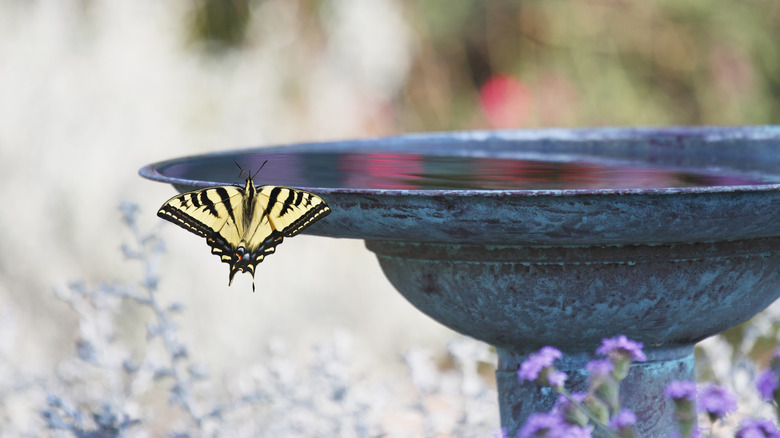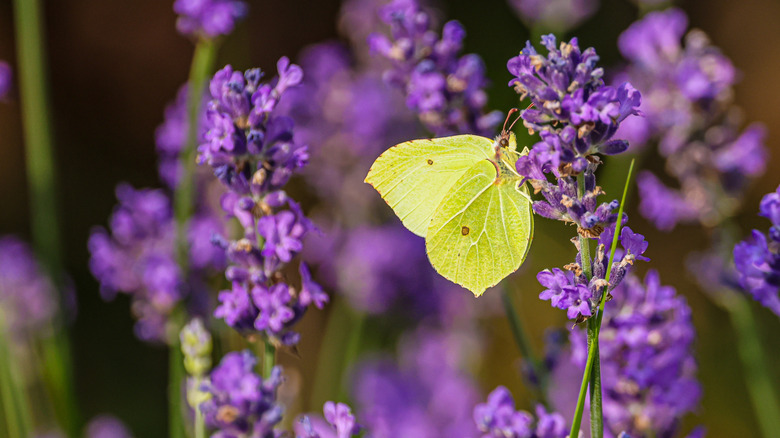Why You Should Plant Lavender Around Your Birdbath
Lavender isn't just a lovely choice to start growing a pollinator garden. It can also turn your birdbath into a hotspot for pollinators and birds alike. By planting lavender around the base of a birdbath, you are creating a more inviting and functional space that supports wildlife, deters pests, and adds long-lasting beauty to your gardens.
Well known for attracting pollinators, especially bees and butterflies, thanks to its fragrant, nectar-rich flowers, lavender is a top choice to dress up your birdbath. If your birdbath is already a favorite stop for pollinators, adding lavender enhances the habitat with additional food sources for other beneficial visitors. This layered approach encourages biodiversity, which helps maintain a healthy garden.
It's not just about beauty, though. Lavender's strong scent may act as a natural deterrent to mosquitoes, which can breed in birdbaths that aren't cleaned regularly. While planting lavender won't eliminate mosquitoes, it may help reduce their presence near sitting areas that are close to your birdbath. Lavender could also help deter squirrels from your yard since it's a plant they can't stand. Squirrels can cause a lot of damage in gardens by digging. Lavender thrives in gravelly, sandy ground, which is not ideal for squirrel shenanigans. Hardy, drought-tolerant, and deer-resistant lavender also makes a practical choice for low-maintenance landscapes around your birdbath. If you are looking for an easy-to-grow, beneficial flowering choice that complements your birdbath and pollinator garden goals, lavender is a fitting option.
The best way to include lavender around a birdbath
To make the most of lavender's visual appeal and attraction for pollinators, placement and care are key. Start by choosing the right variety for your region. English lavender (Lavandula angustifolia) is the most cold-tolerant and compact, making it ideal for framing smaller birdbaths in cooler climates. In warmer zones, Spanish or French lavenders can add a fuller, more ornamental look. Whichever variety of lavender you choose, the plants needs full sun and well-drained soil to grow the most lavender blooms. Birdbaths for pollinators, like butterflies, are most effective in sunny, protected areas of the yard, making them perfect partners.
When planting, space the lavender about 12 to 18 inches away from the birdbath's base. This distance gives the plants room to grow while allowing easy access to clean and refill the basin. The birdbath will need to be cleaned frequently if it is in the sun to discourage algae growth and mosquito breeding. Mulch the lavender lightly with gravel or sand to improve drainage and reflect heat, which the plant loves. Prune your lavender in late fall each year to stimulate the most blooms for the next growing season and to keep stems from becoming woody.

